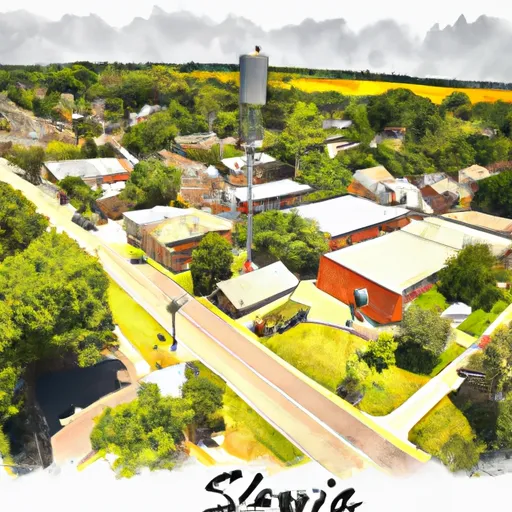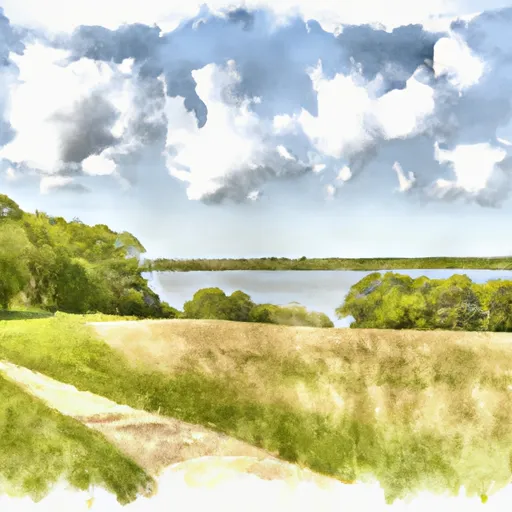°F
°F
mph
Windspeed
%
Humidity











Schaller, Iowa is a small town located in Sac County in the northwestern part of the state. It experiences a humid continental climate, characterized by warm summers and cold winters. The average temperature in July, the hottest month, reaches around 86°F (30°C), while in January, the coldest month, temperatures can drop to about 12°F (-11°C). Precipitation is evenly distributed throughout the year, with an annual average of about 33 inches (84 cm).
In terms of hydrology constituents, Schaller is situated near the Little Sioux River, which provides a water source for the town. The river also offers opportunities for recreational activities such as fishing, canoeing, and kayaking. Outdoor enthusiasts can also explore the nearby Sac County Conservation area, which encompasses scenic woodlands, wetlands, and prairies. This area provides opportunities for hiking, bird watching, and wildlife observation.
Schaller's climate and access to the Little Sioux River and Sac County Conservation area make it an attractive destination for those seeking outdoor recreational opportunities in a peaceful, natural setting.
Weather Forecast
Schaller receives approximately 810mm of rain per year, with humidity levels near 82% and air temperatures averaging around 9°C. Schaller has a plant hardyness factor of 5, meaning plants and agriculture in this region thrive during a short period during spring and early summer. Most plants will die off during the colder winter months.
Regional Streamflow Levels
30
Cubic Feet Per Second
58
Cubic Feet Per Second
149
Cubic Feet Per Second
28
Cubic Feet Per Second
Nearby Camping
| Camping Area | Reservations | Toilets | Showers |
|---|---|---|---|
| Cocklin Fish Farm | |||
| Lyons Park | |||
| Legion City Park | |||
| Pottawattamie County Fairgrounds | |||
| Carson City Park | |||
| Botna Bend County Park |



